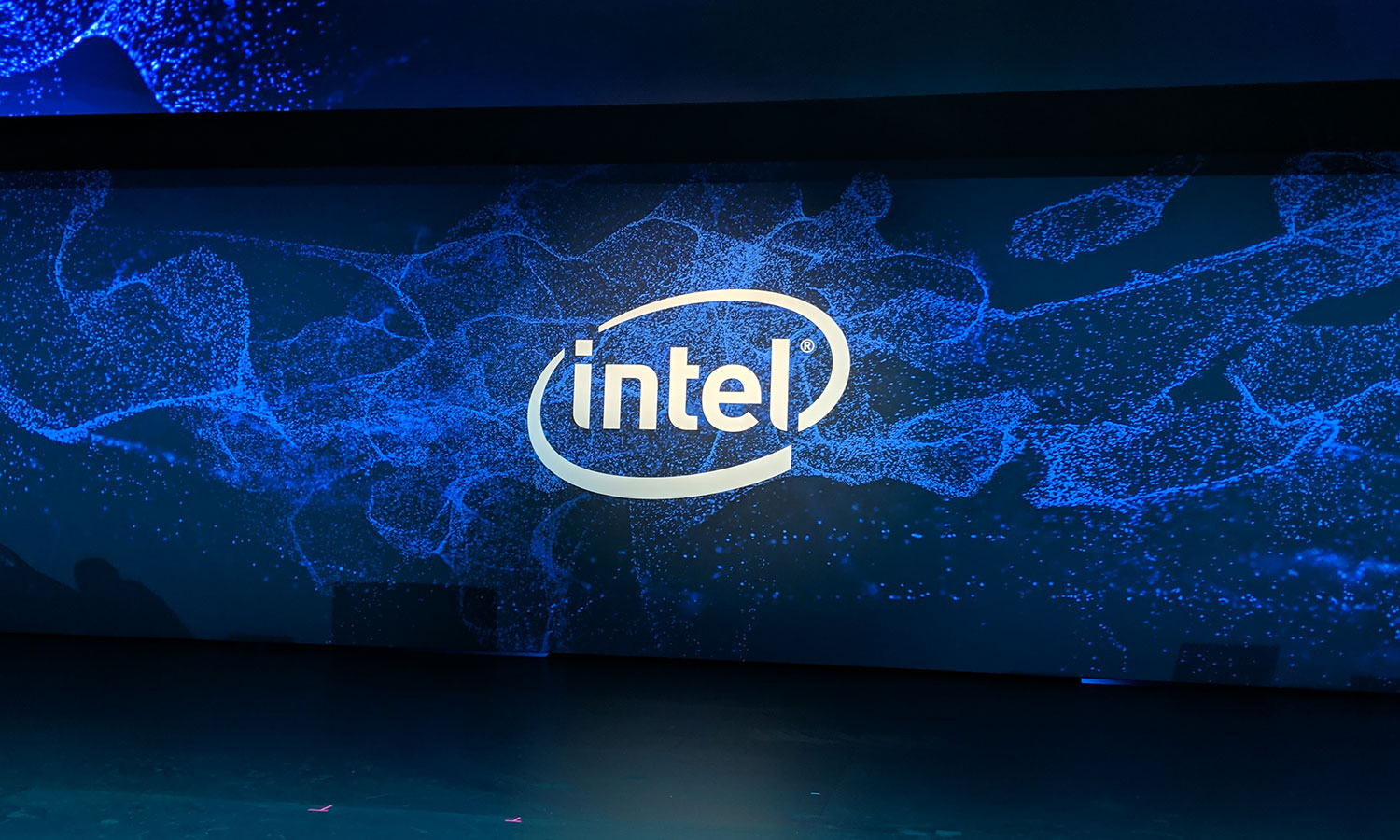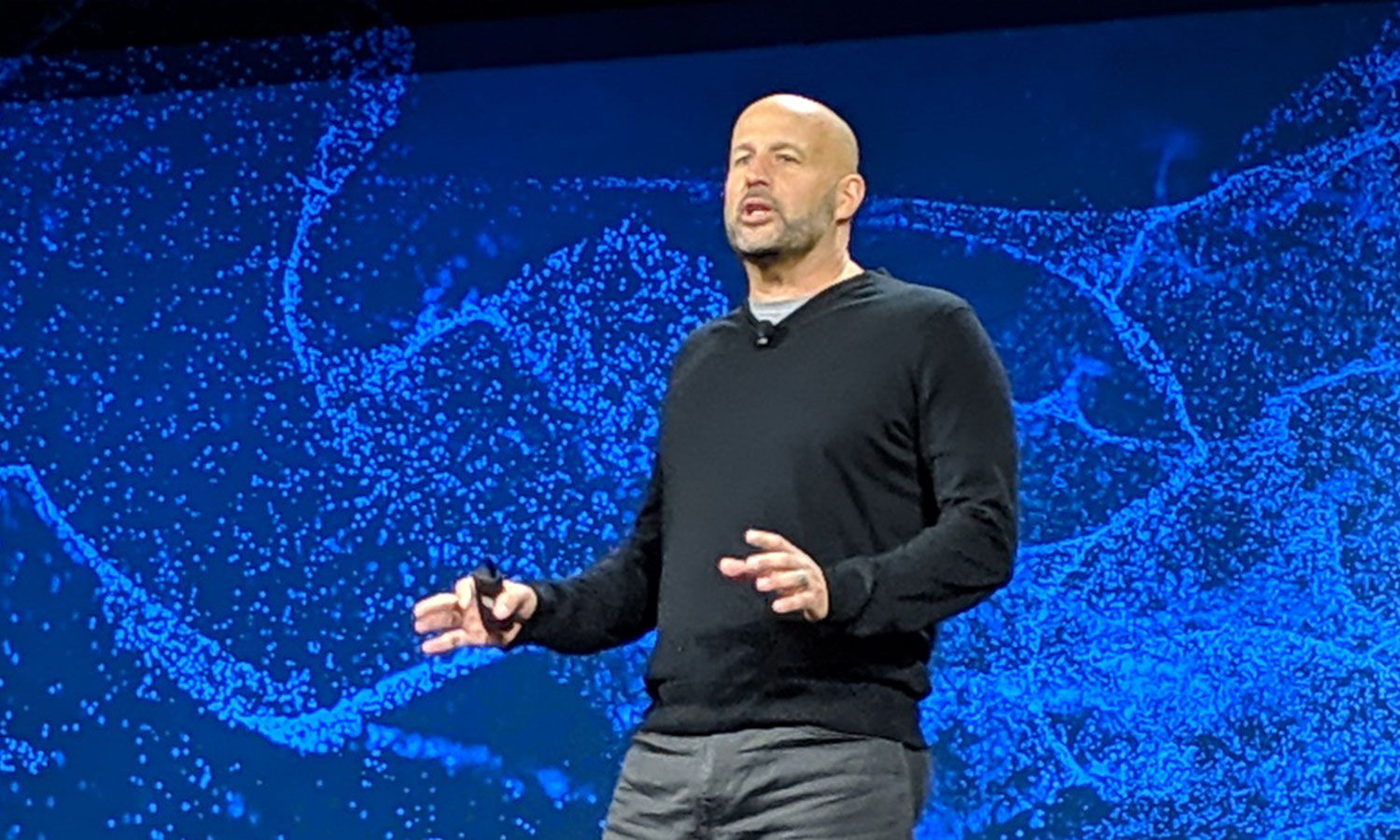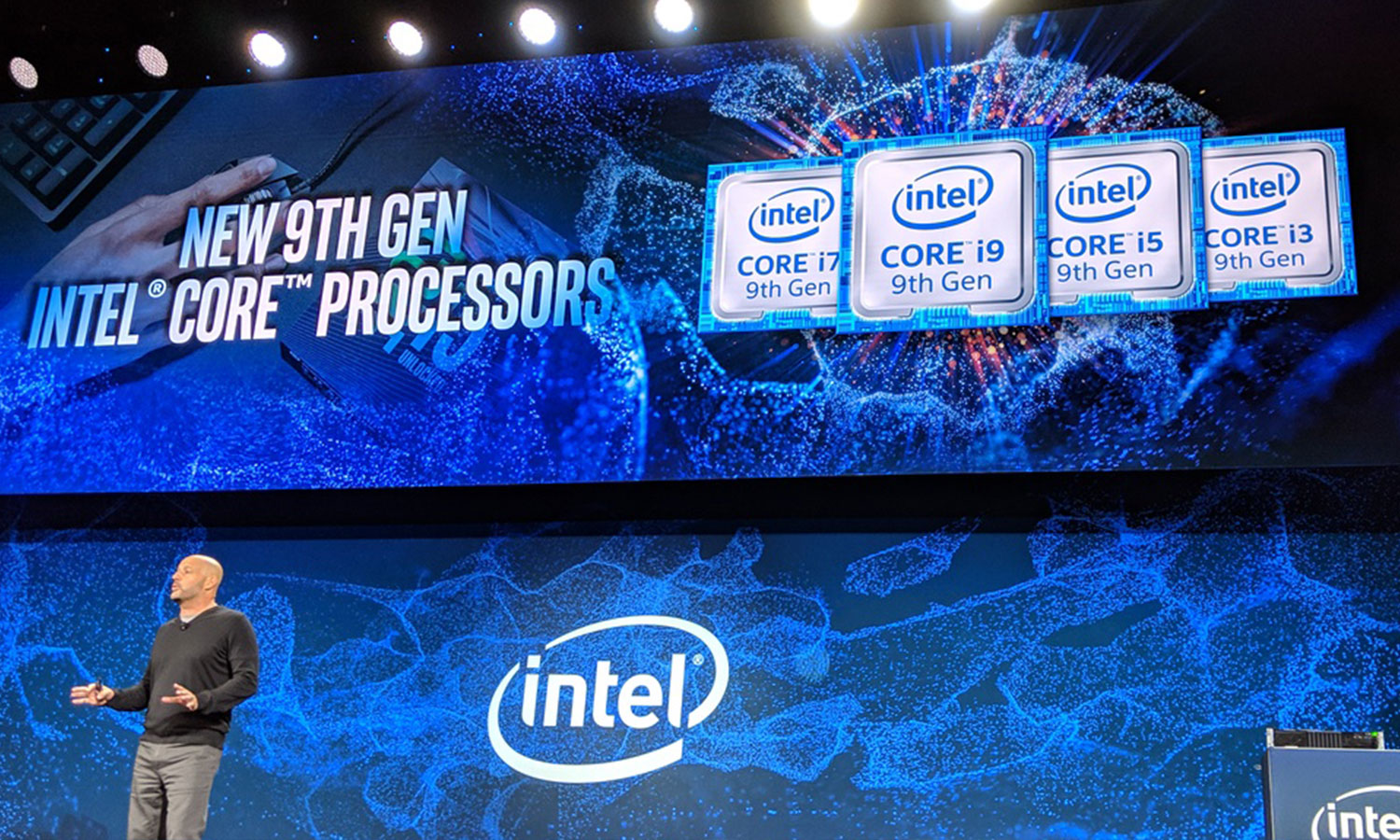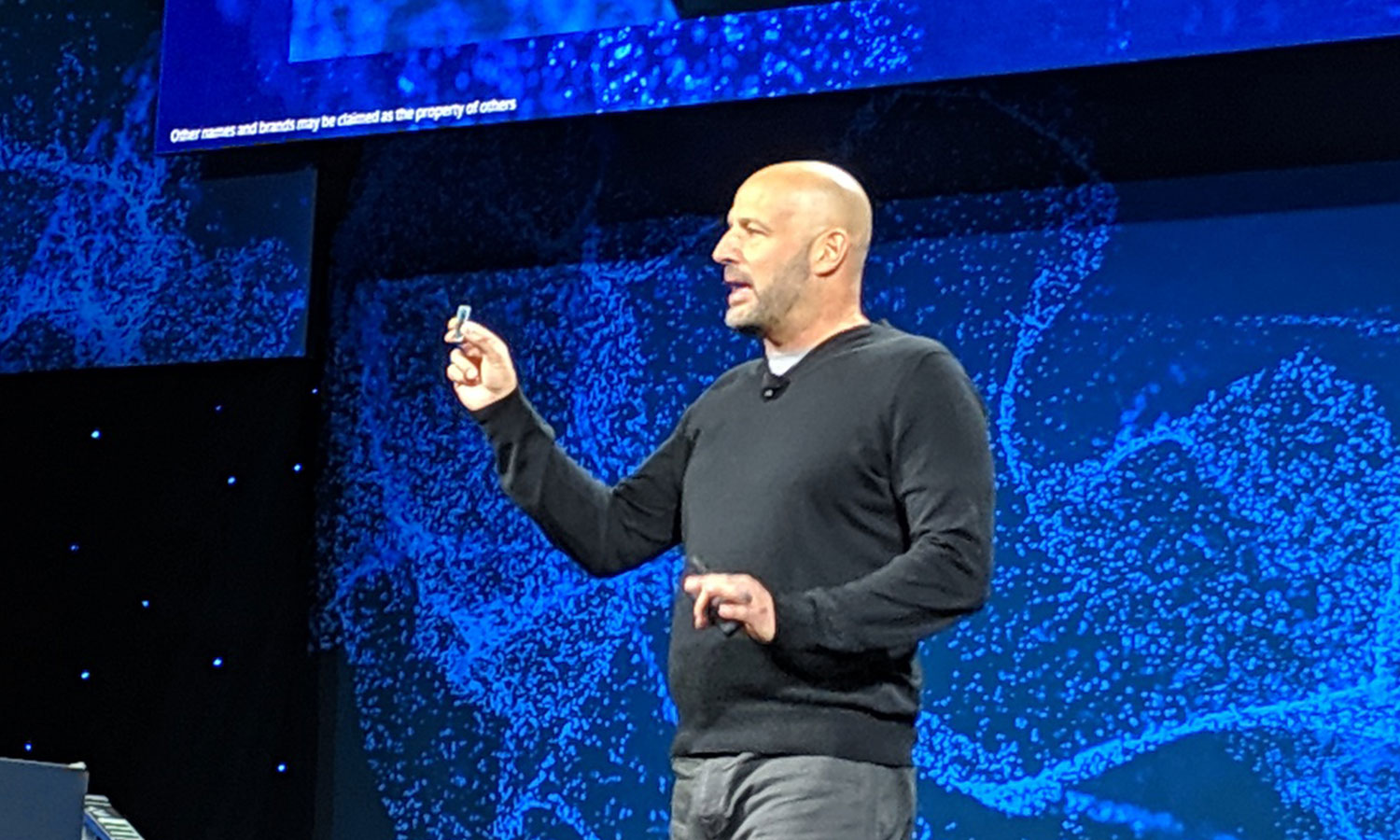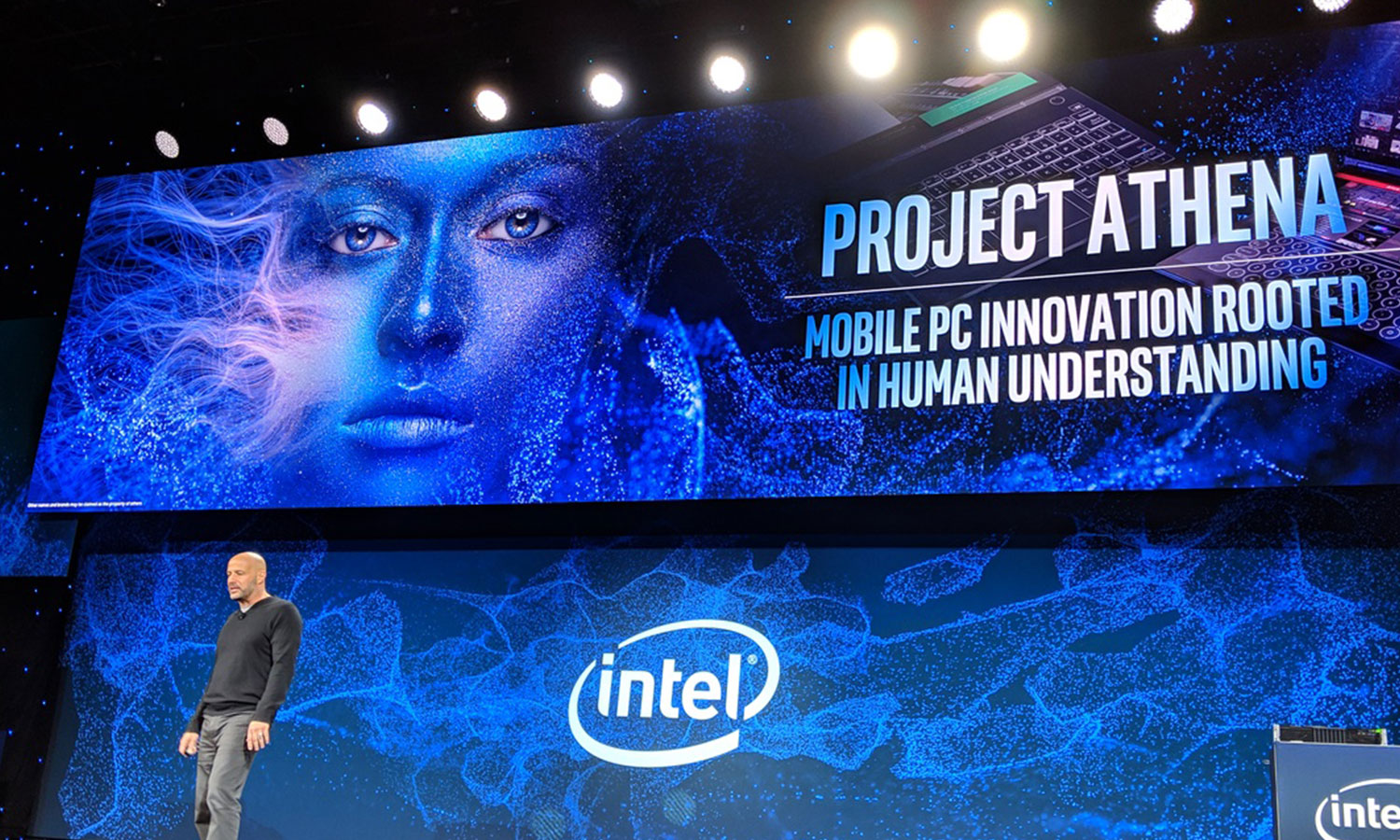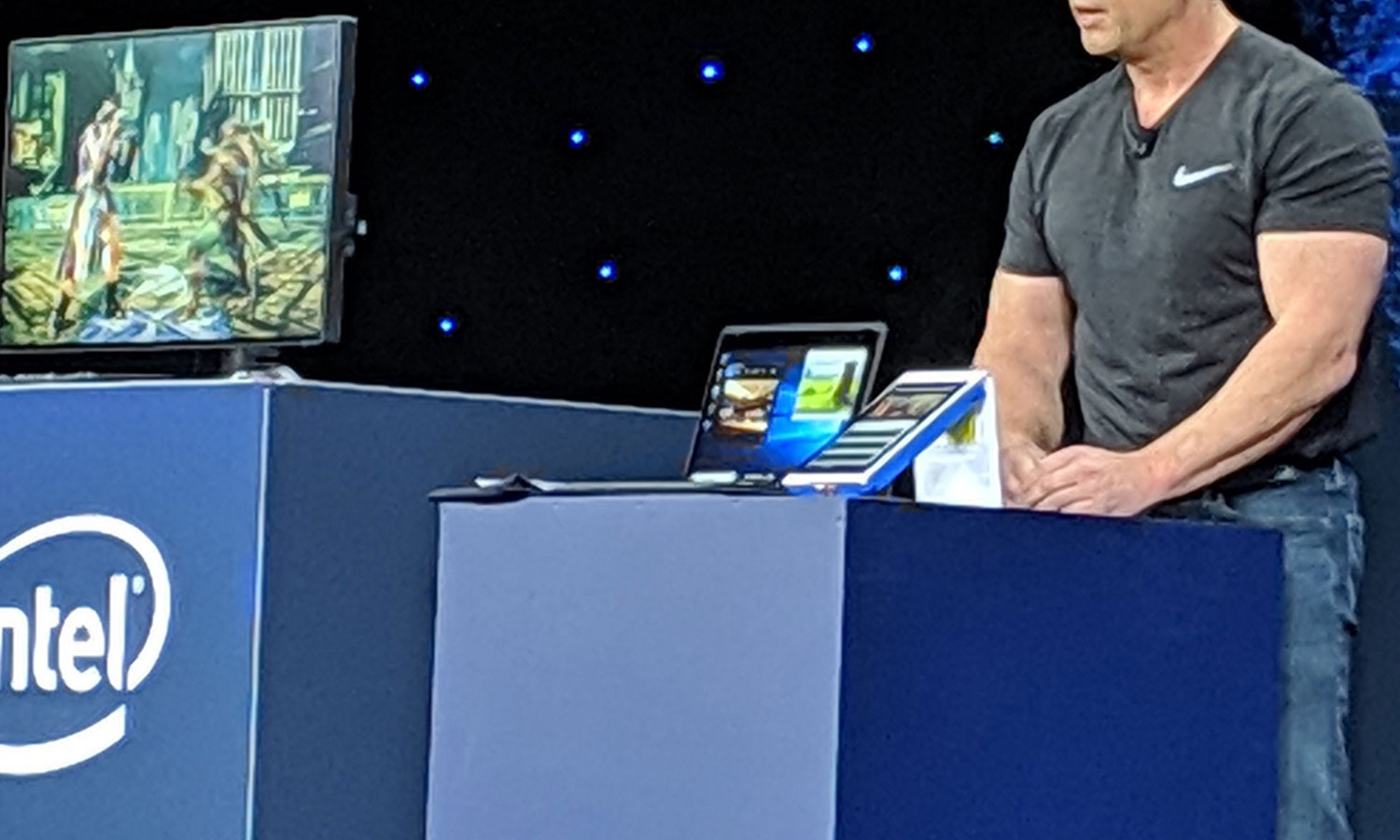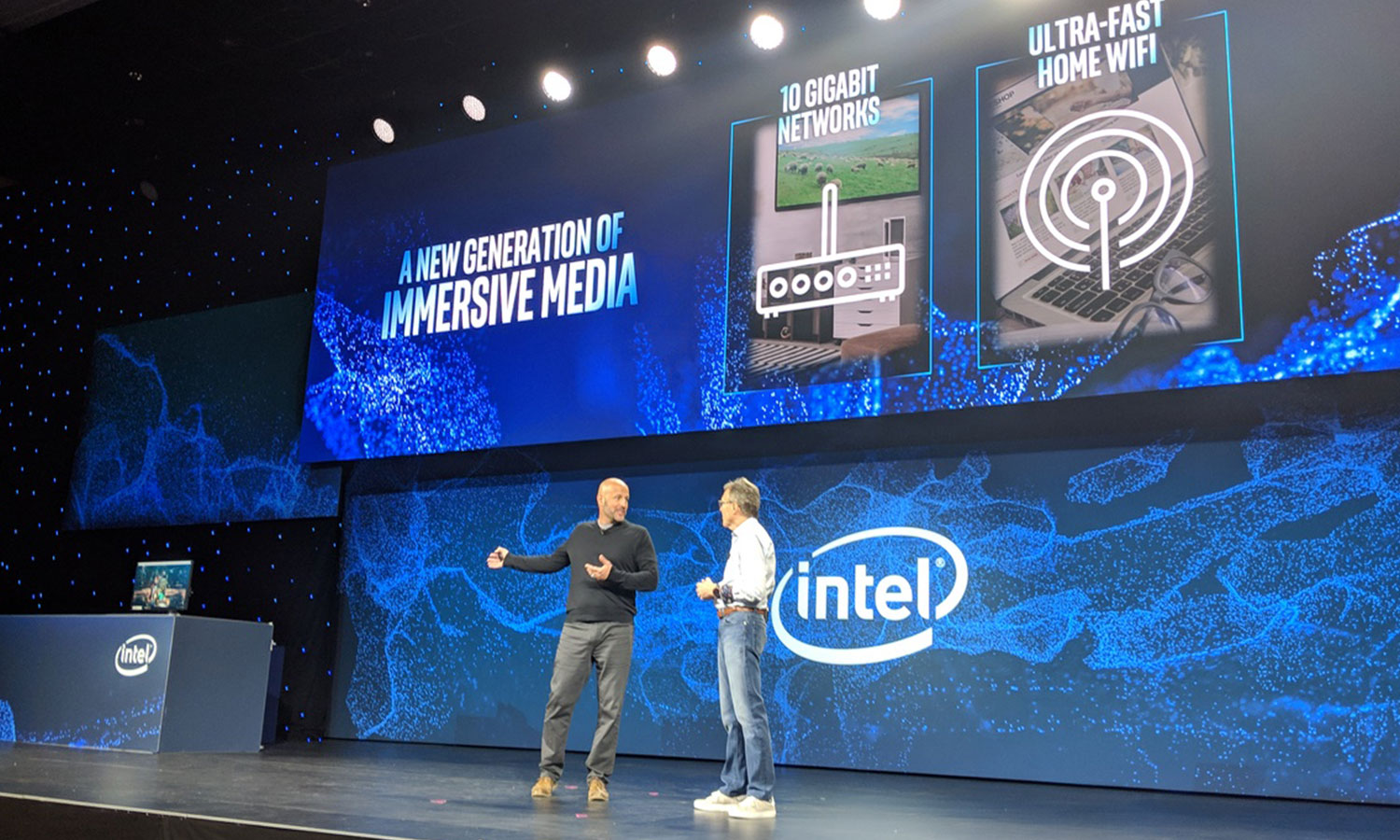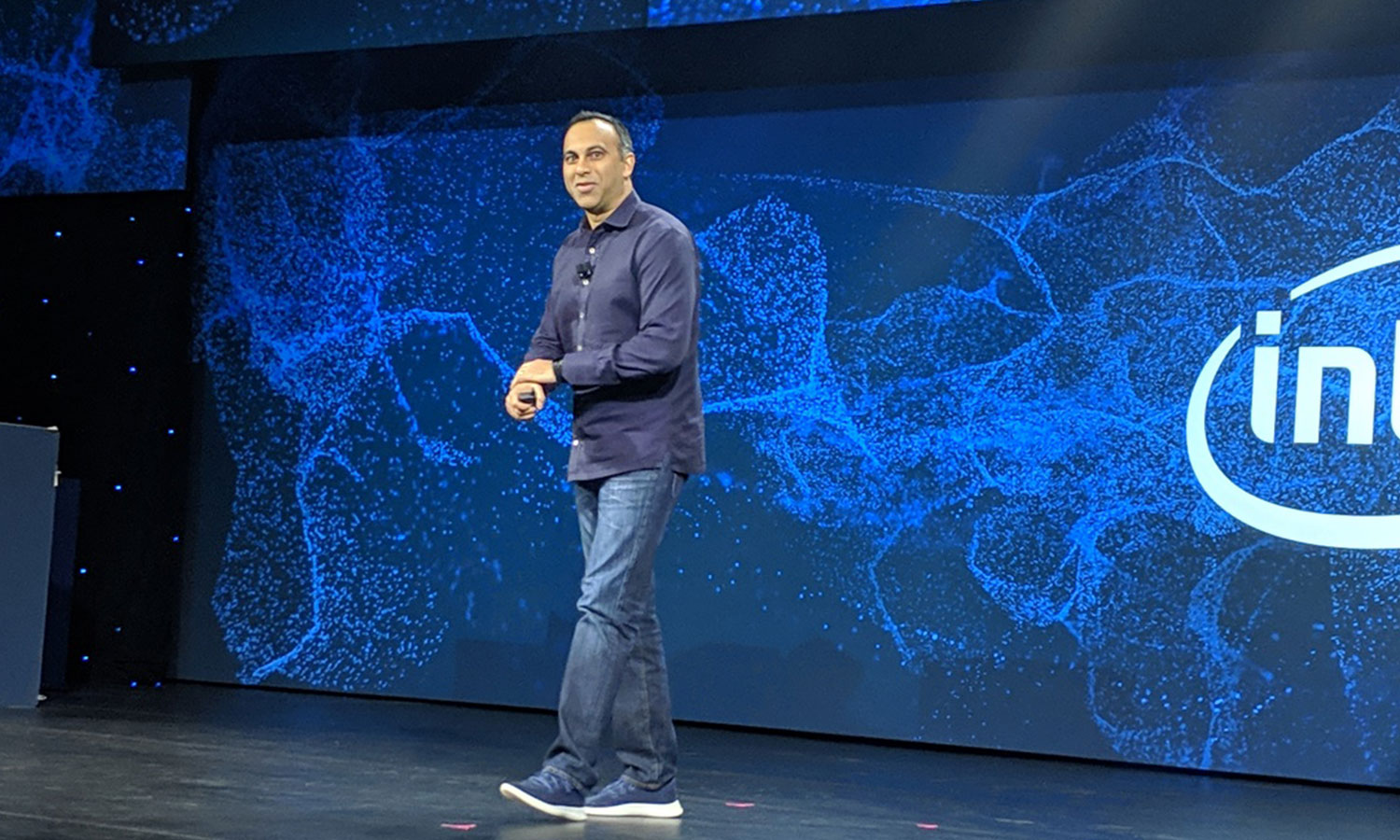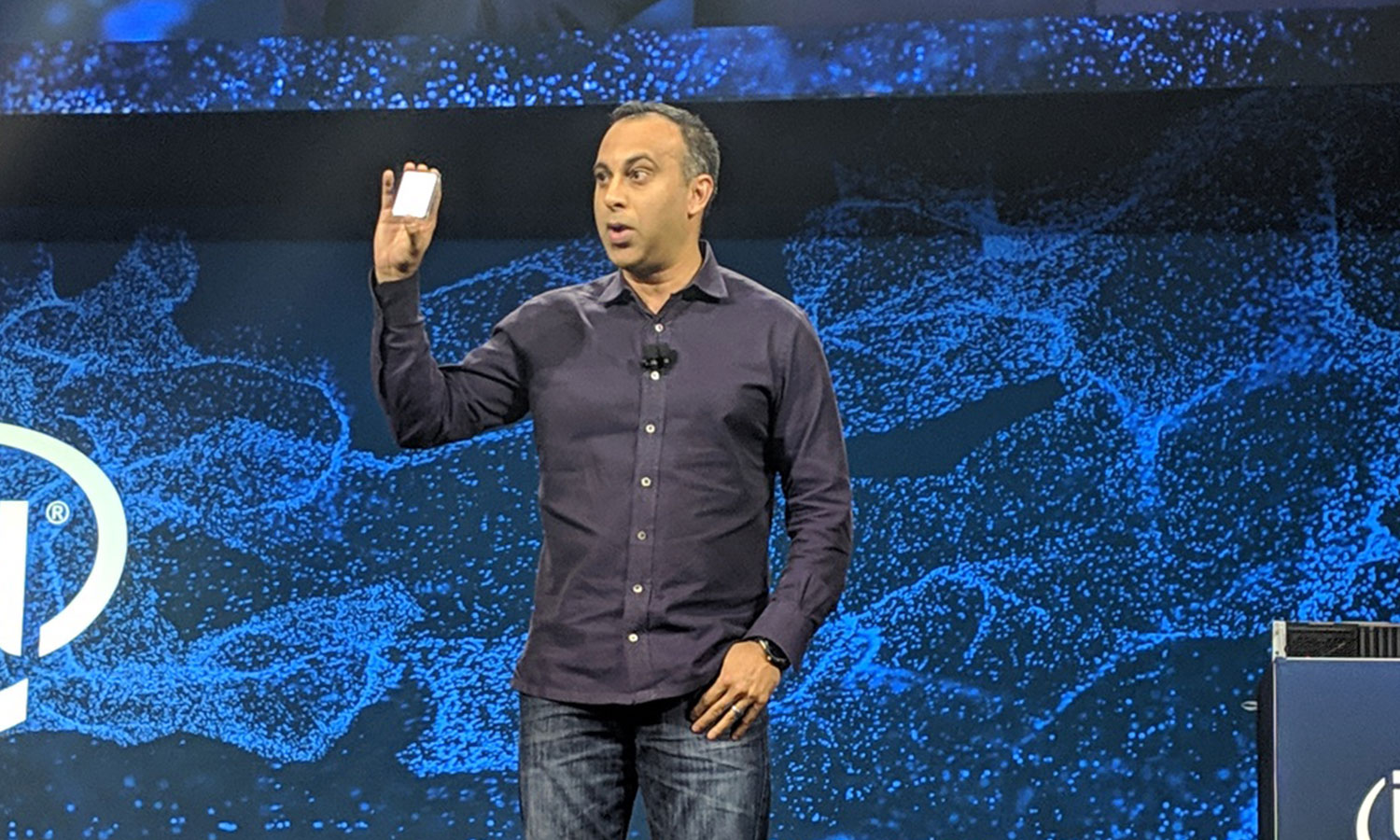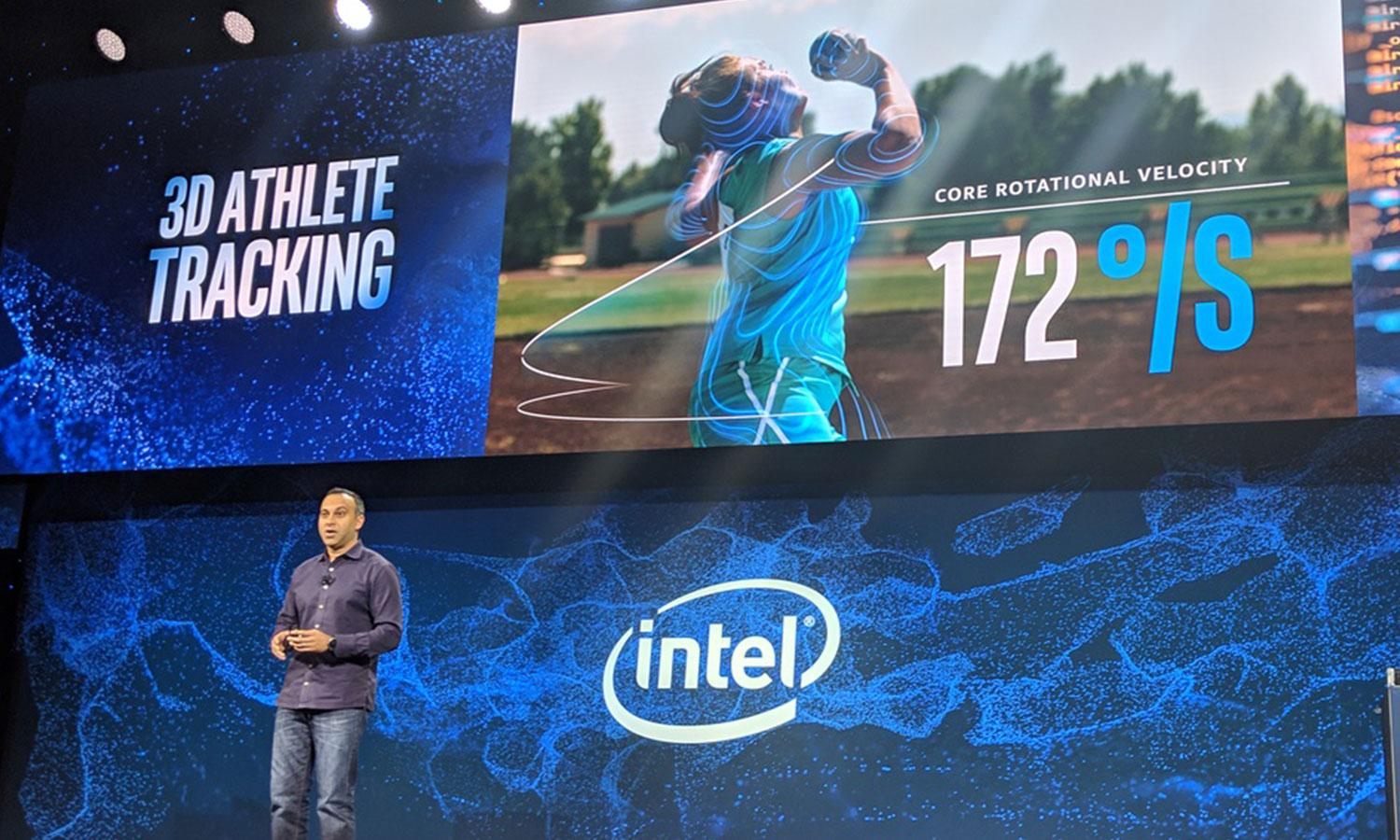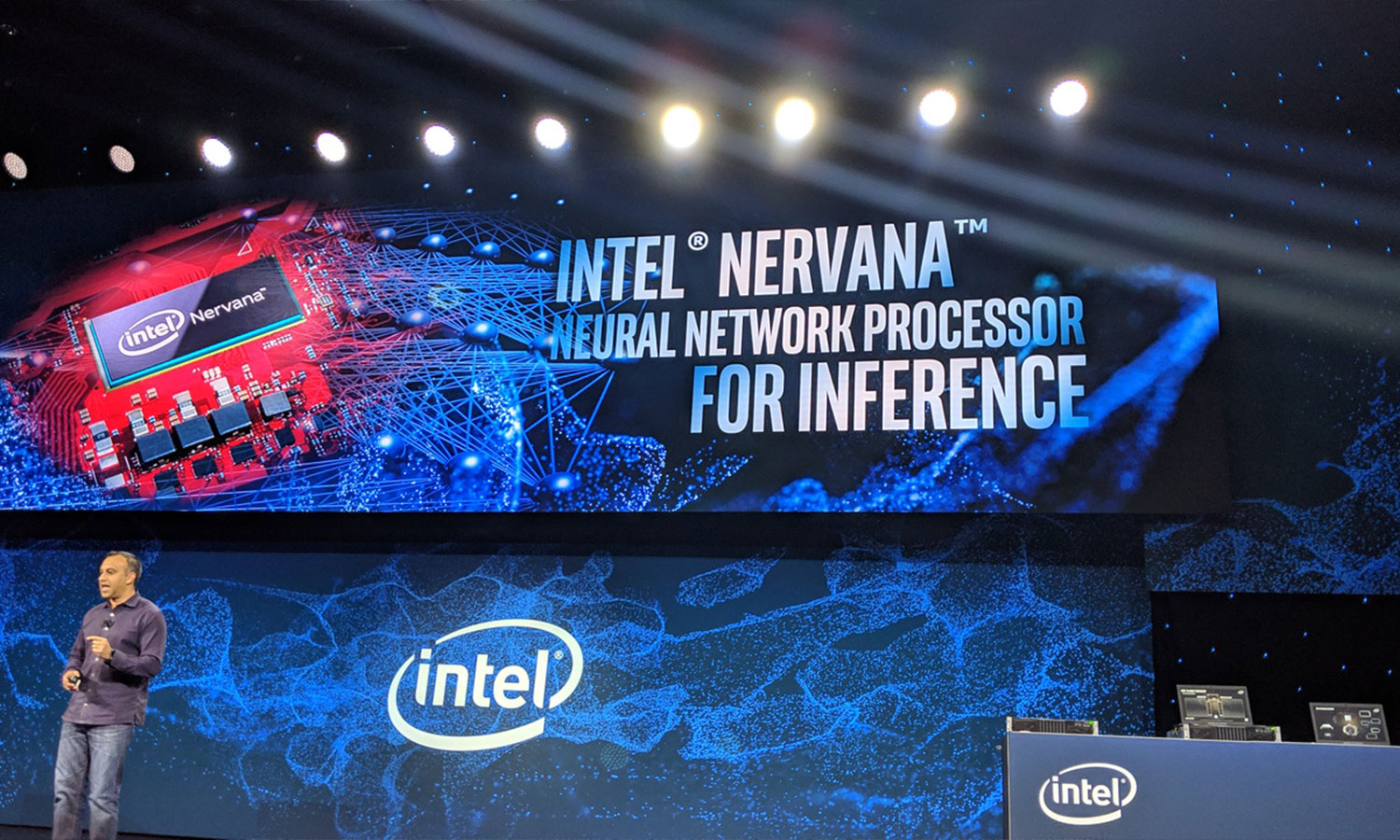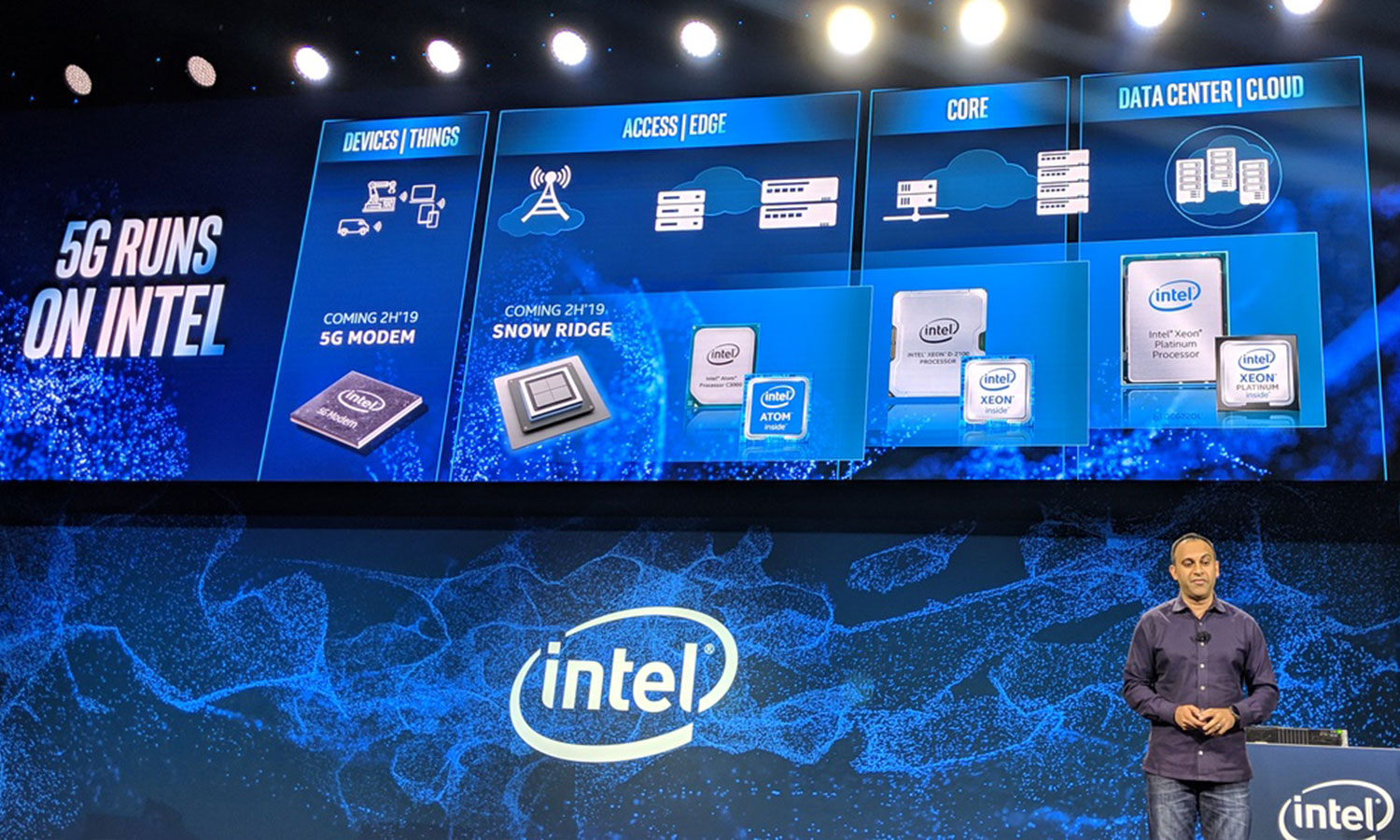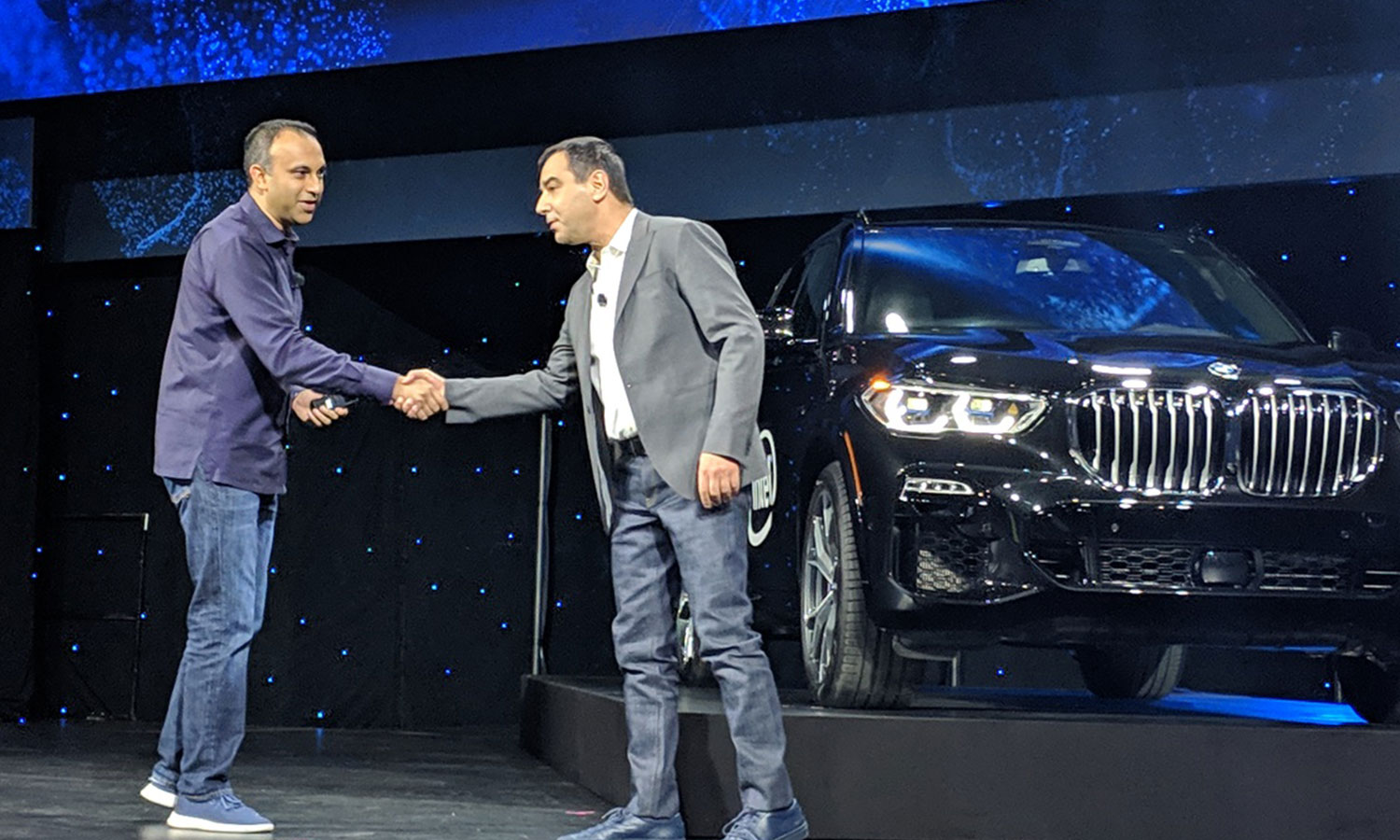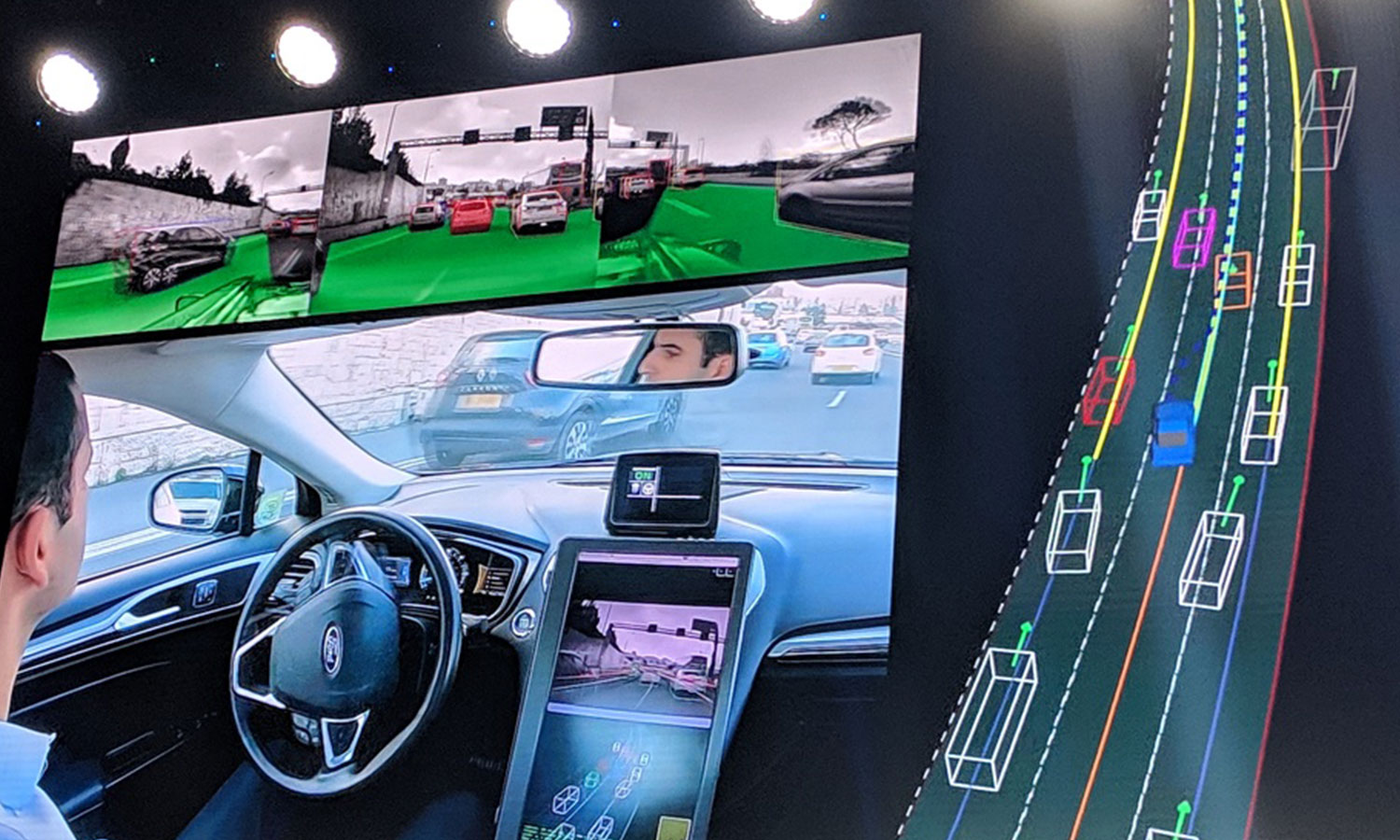Intel Announces 10nm Ice Lake for Mobile, Cascade Lake, Lakefield
This article contains live coverage of Intel's CES 2019 keynote, where the company announced new 9th-Generation desktop and mobile processors, provided more detail and a demo of its Lakefield processors, and announced that 10nm Ice Lake processors will come to market this year. The company also announced that it is shipping its next-gen Cascade Lake Xeon processors and introduced a new 10nm Snow Ridge SoC for 5G base stations. [EDIT: Intel's VP and GM of its AI business group Naveen Rao later confirmed the new Nervana Neural Network Processor for Inference (NNP-I) also comes with Intel's 10nm process.]
Intel's keynote began with Senior Vice President of the Client Computing Group Gregory Bryant defining what Intel calls the "new era of computing." This includes several technologies, like cloud-based solutions, desktop PCs, 5G networking, AI, and data center products, among others. Bryant described the breadth of new markets these areas expose, which ultimately equates to a $300 billion opportunity for the company.
Bryant almost immediately announced that Intel is launching six new 9th-Generation processors for the desktop PC that range from Core i3 up to Core i9, and then moved directly to a music demo without providing model numbers or specifications for the new chips. [EDIT: We have details of the seven new models here] The musicians then used a desktop PC to demonstrate how they could create music in real time using Intel's new unnamed processors. Intel says the first new 9th-Gen processors will come to market this month, with more rolling out through the second quarter of this year.
Intel also announced that it will also bring new H-Series mobile CPUs to market in the second quarter of this year, but again didn't elaborate on specifications or model numbers. Bryant explained that people want a platform that allows them to focus, adapt, and always be ready for the next challenge. Intel claims that requires a new system-level approach with a new processor to fully realize that goal.
Bryant then displayed a 10nm Ice Lake processor that comes with Gen11 graphics, native Thunderbolt 3, WiFi-6, and artificial intelligence (boosted by DL Boost) into a single SoC. Intel demonstrated the Ice Lake chip offering a 2x performance boost to processing images. The company also demoed an Ice Lake system playing a game while using Thunderbolt 3 to connect to a storage device and a display.
The new 10nm ice Lake processors will come to market in high volume in 2019. These chips come with a 2.7X density improvement over the 14nm process that Intel currently uses for its processors. The long-overdue 10nm process should let Intel create cheaper and more power efficient chips as a byproduct of the improved density.
The Sunny Cove microarchitecture is the first new design that Intel can use on multiple nodes. Intel has typically used the same naming convention for its microarchitectures as it does for its processors. Hence, Skylake processors came with the Skylake architecture, and Kaby Lake processors came packing the Kaby Lake architecture. That old paradigm changes now that Intel has decoupled its architectures from the end products, so the 10nm Ice Lake chips come with Sunny Cove cores.
Get Tom's Hardware's best news and in-depth reviews, straight to your inbox.
The chips will bring higher performance in single-threaded applications, a new instruction set architecture (ISA), and a design geared for scalability.
Dell's CEO came to stage and displayed a new Dell XPS 2-in-1 with the new Ice Lake processor. Intel announced that it is rallying all of its partners around a new Ultrabook-like program called Project Athena. This program will define new industry standards that define the next generation of mobile products. The new initiative includes technologies like 5G and AI. Intel says this industry-wide innovation program has a number of partners and the leading-edge products will come to market in the second half of the year.
Intel debuted its new Lakefield processors on a new small motherboard. These new processors are the first to come to market with Intel's new 3D chip-stacking technology, code-named Foveros. Intel has expanded on the concept of using multiple chips and now will stack die atop each other, thus improving density. The key idea behind chip stacking is to mix and match different types of dies, such as CPUs, GPUs, and AI processors, to build custom SOCs (System-On-Chip). It also allows Intel to combine several different components with different processes onto the same package. That lets the company use larger nodes for the harder-to-shrink or purpose-built components. That's a key advantage as shrinking chips becomes more difficult.
The current design consists of two dies. The lower die houses all of the typical southbridge features, like I/O connections, and is fabbed on the 22FFL process. The upper die is a 10nm CPU that features one large compute Sunny Cove core and four smaller 'efficiency' cores (atom), similar to an ARM big.LITTLE processor. Intel calls this a "hybrid x86 architecture." This small package measures a mere 12mm2.
Intel demoed the new Lakefield board running in several small devices, with the goal of developing a range of new 11" form factors. The first products will come to market in 2019.
The head of Comcast came to the stage to discuss the company's efforts to enable 10-Gigabit networks and Ultra-fast home Wi-Fi. Intel will also work with Comcast to sponsor the 2020 Olympics and bring cutting-edge networking to the games.
Now Data Center Group Executive Vice President Navin Shenoy took to the stage to talk about the company's efforts in the data center, which he admitted is an area the company usually doesn't address at CES. Shenoy touted the 20 year legacy of Intel's Xeon data center processors and how it allows the company to address a number of markets.
Shenoy announced that the Cascade Lake data center chips are now shipping for revenue, which isn't entirely surprising. Intel has traditionally shipped next-gen processors to large data center and hyperscale customers before they are available through traditional outlets. The 14nm++ chips come with new in-silicon patches for Spectre and Meltdown and support for Optane Persistent Memory, among other key developments.
Cascade Lake features many of the same fundamental design elements of the Xeon Scalable lineup, like a 28-core ceiling, up to 38.5 MB of L3 cache, the new UPI (Ultra Path Interface), up to six memory channels, AVX-512 support, and up to 48 PCIe lanes. And yes, they drop into the same socket as the existing generation. Intel also has a new custom dual-die Cascade Lake chip that stretches up to 48 cores, but that chip requires specialized platforms. The new processors will soon contend with AMD's Rome EPYC processors fabbed on TSMC's 7nm process.
Alibaba CMO Chris Tung delivered a custom message via a video message to tout the company's work with Intel with the Cascade Lake processors and Optane persistent DIMMs. Tung aso announced that Alibaba will work with Intel to enable 3D athlete tracking for the Olympic Games. This system will track the athlete's body without the use of special sensors or suits to track movements and analyze performance.
Intel also invited WRNCH CEO Dr. Paul Kruszewski to the stage to cover the company's innovations with AI. WRNCH is the company behind the athlete body tracking technology, and by using Intel's new DL boost technology with its Cascade Lake processors, the company claims to have experienced a 5X boost in inference over a GPU.
Shenoy believes that "we won't really be talking about AI companies" in a few years, largely because AI will become ubiquitous. From a broader view, Shenoy explained that AI is largely broken into training and inference tasks. Intel has done a lot of work to accelerate inference performance on CPUs, but the company wants to push further with those types of workloads.
Shenoy used the opportunity to announced Intel's Nervana Neural Network Processor for Inference (NNP-I), which is a custom AI inference accelerator that fits into a GPU-like form factor. The NNP-I will enter production in 2019. Intel also announced that Facebook is using the new product. Intel's VP and GM of its AI business group Naveen Rao later confirmed these accelerators come with Intel's 10nm process.
Shenoy then outlined the company's end-to-end approach to its 5G strategy. Intel plans to bring a 5G modem to market by the second half of 2019. The company then displayed its new 10nm Snow Ridge SoC that is designed for 5G base stations.
Intel hopes this new technology will help it gain 20% of the 5G base station market by 2020. The company demoed the new product on stage as it crunched through a networking workload that was generated by another server. Snow Ridge will be available in the second half of 2019.
Shenoy then transitioned to the transportation industry, focusing on the company's Mobileye division. Mobile Eye Senior Vice President Amnon Shashau came to stage to discuss the company's efforts in autonomous driving.
Intel also showed its new EyeQ5 board that is part of a partnership with Mercedes Benz. The company has already shipped millions of these units to its customers. Mobileye recently finished mapping all of Japan by crowd-sourcing data from Nissan's fleet. The company has also embarked on a partnership with the world's leading mapping companies.
Shenoy wrapped up the event by noting that the company is addressing a record $300 billion TAM. The company announced new 9th Gen Core products, although it didn't give us actual specifications or model numbers. The company is also shipping its Cascade Lake processors.

Paul Alcorn is the Editor-in-Chief for Tom's Hardware US. He also writes news and reviews on CPUs, storage, and enterprise hardware.
-
s1mon7 "Announces" is a big word. They are disclosing a product that will come out in almost a year from now. They are doing so to make sure that people remember that Intel exists when AMD launches Zen 2 in just two days, making sure they have it in the corners of their minds that Intel will have something new as well at some point not that long into the future as well. Even if it's not anytime soon and there's nothing even suggesting there will be any gains in the desktop space.Reply
I wouldn't say that's low, but also there was nothing worth covering there yet. So far the presentation even reinforced our beliefs that this seems like their process is mobile-focused as well, as no IPC or clock speed gains were even mentioned. If they had something worthwhile, they would make their promises to prevent people from jumping on Zen 2 in just two days, but it seemed to me like they know that they can't. For now I'd ignore this as the usual 10nm talk, consider this an announcement of additional Coffee Lake 14nm chips and focus on the actual AMD announcement. -
zippz Was the 10nm chip functional? Completely functional? I don't have much confidence in it without a demo so we can see it works.Reply -
PapaCrazy They are in reaction mode and all their moves right now look like pump fakes. The more they talk, the more harm they do.Reply
Let AMD do their damage. Take the blows, and then recover later when you have an actual, existing, able-to-fab-on-mass scale chip. Till then, every Intel "announcement" gets more pathetic and annoying. The boy who cried 10nm. -
jasonsrevell The only thing I'd like to see with Intel involved is their being competed against by multiple companies. Not just AMD. Monopolies are bad for us as consumers.Reply -
truerock AMD stock went up 8.26% on the NYSE today. Need anyone say anything else?Reply
I guess you could say Intel CPUs are expected to be roughly equivalent to AMD CPUs?
AMD will continue to chip away at Intel's market share. -
SteveRNG Reply21655368 said:"when AMD launches Zen 2 in just two days..."
Wait... what? Are you assuming the rumor is true? Or are mistaking Mobile Ryzen 3000 (using Zen+) for rumored Zen 2 desktop Ryzen 3000? -
JayNor Intel began shipping Ice Lake chips in volume in May 2019. Dell began taking orders on Ice Lake 2 in 1 laptops in second week of August.Reply
https://arstechnica.com/gadgets/2019/08/dell-is-now-taking-orders-on-its-new-xps-13-2-in-1-with-ice-lake-cpus/
